There’s something about hollyhocks that feels like stepping back in time. Towering blossoms lining an old picket fence, petals fluttering in the breeze.
Just the sight of them calls back memories of my grandma’s garden.
But these old-fashioned beauties are more than just pretty faces. They’re hardy, useful, and believe it or not, edible from root to bloom.
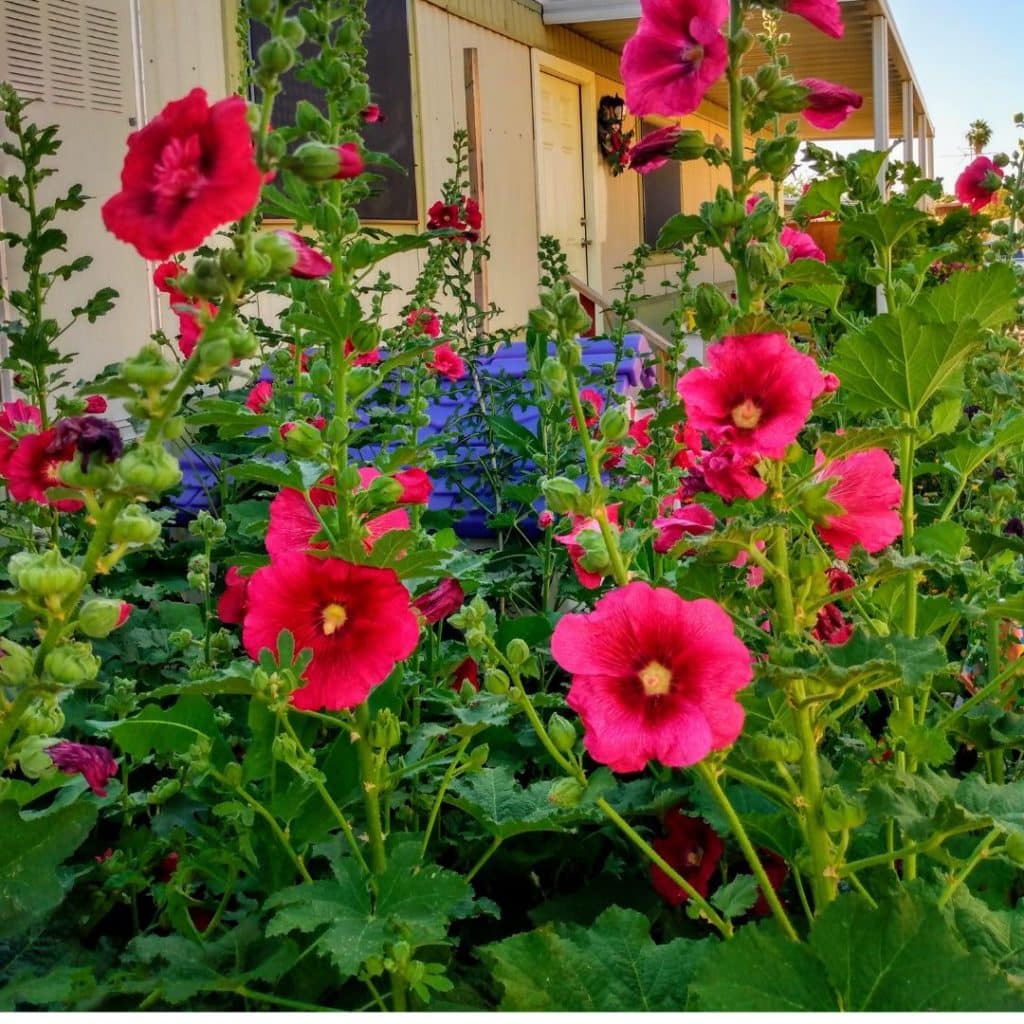
Did you know?
When settlers arrived in the New World, they brought hollyhock seeds with them. It quickly became a favorite in colonial cottage gardens for its beauty and usefulness.
5 Reasons to Grow Hollyhocks
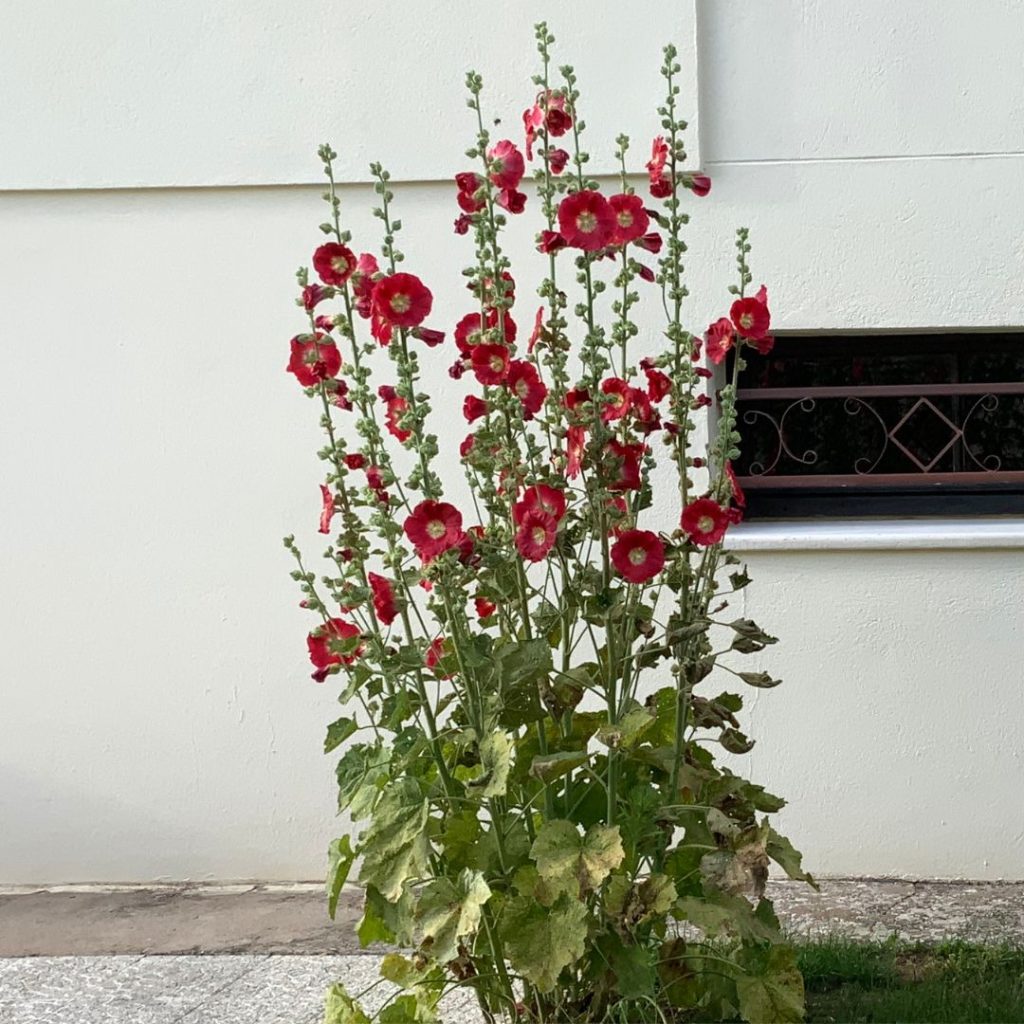
1. They’re Drop-Dead Gorgeous
You don’t need a green thumb to appreciate hollyhocks. These plants can grow six to eight feet tall and bloom in every shade imaginable-deep reds, soft pinks, lemon yellows, even near-black.
Their massive flower stalks make a bold statement in any garden, especially when planted in clusters along fences or buildings.
Hollyhocks bloom for weeks in summer, and unlike many modern hybrids, they still have that classic cottage charm that never goes out of style.
You want curb appeal? Hollyhocks will turn heads from the street.
Did you know?
If left alone, hollyhocks will self-seed freely, coming back year after year without much fuss—just like old-time gardeners loved.
2. Pollinators Can’t Stay Away
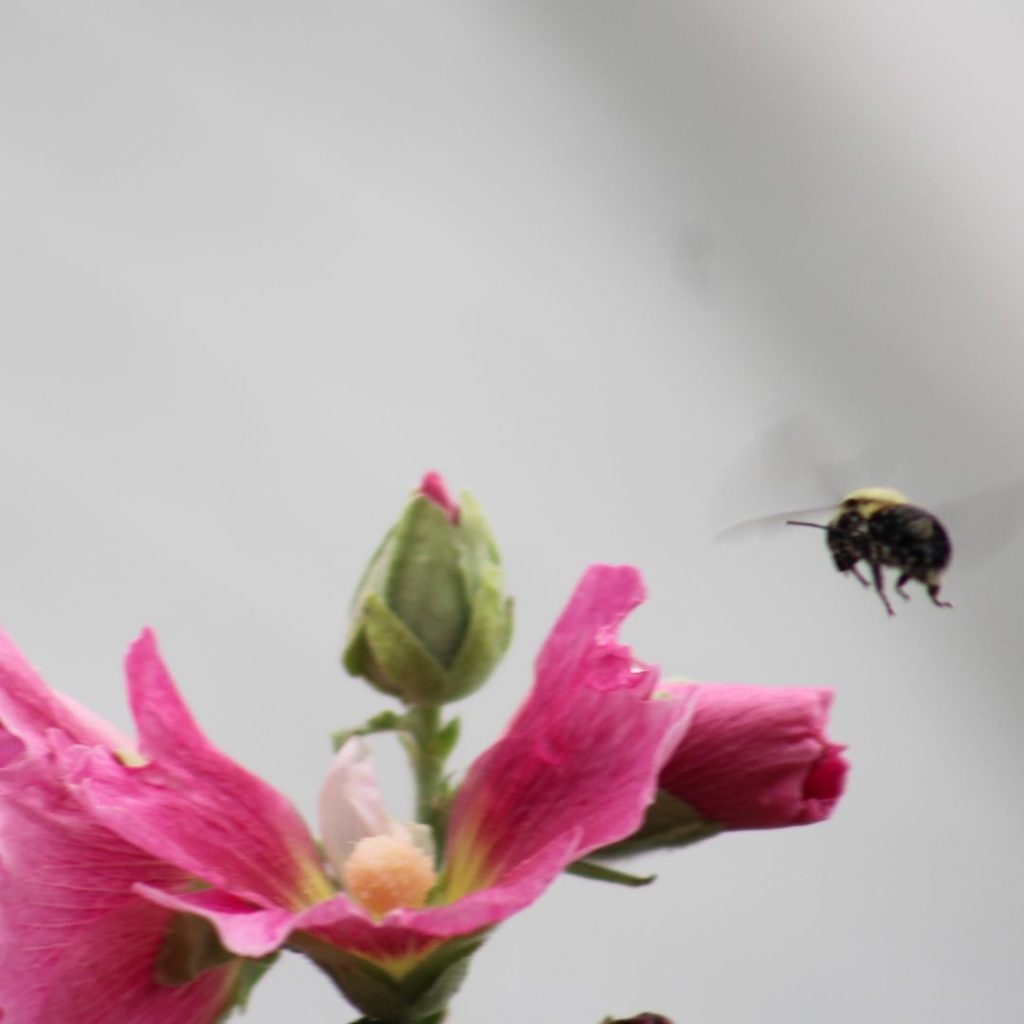
If you’re trying to build a healthy ecosystem in your yard, hollyhocks are a pollinator magnet.
Bees, butterflies, and even hummingbirds come calling when these tall bloomers open up.
They’re especially helpful in the mid-summer lull when other flowers start to fade.
Hollyhocks keep the buffet going for beneficial insects-and a garden full of pollinators is a garden that thrives.
3. They’re Easy to Grow and Maintain
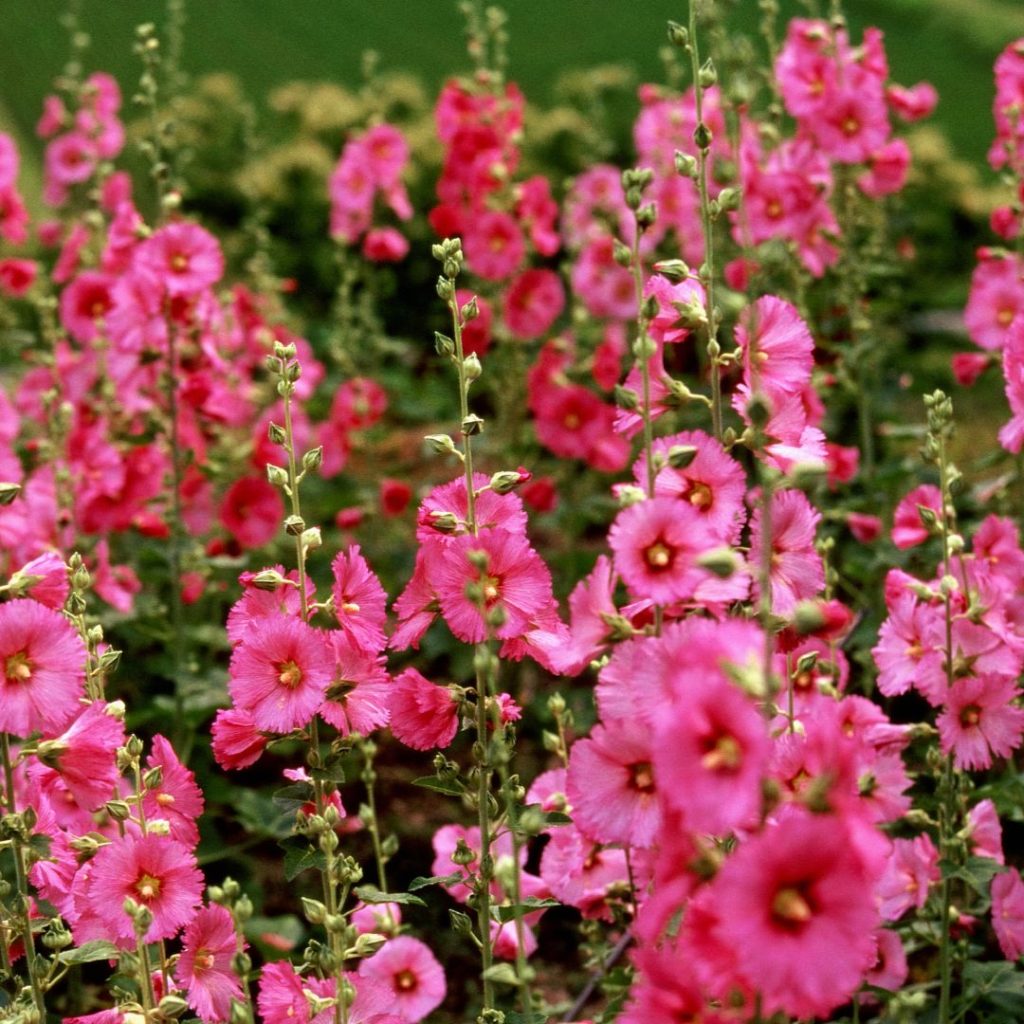
Despite their grandeur, hollyhocks don’t ask for much. Give them full sun, decent soil, and a little space, and they’ll reward you year after year.
They’re biennials-meaning they usually bloom in their second year-but they reseed themselves reliably, so once they’re established, you’ll see them pop up like clockwork every season.
No fancy pruning, no pampering.
Got a dry patch by the shed? These flowers are surprisingly drought-tolerant once they’re rooted in.
Did you know?
The name hollyhock is believed to have come from the Old English “holy hoc,” meaning “holy mallow.” Crusaders are thought to have brought the plant back from the Middle East where it was used to treat horses’ injuries.
4. They Make Excellent Living Fences
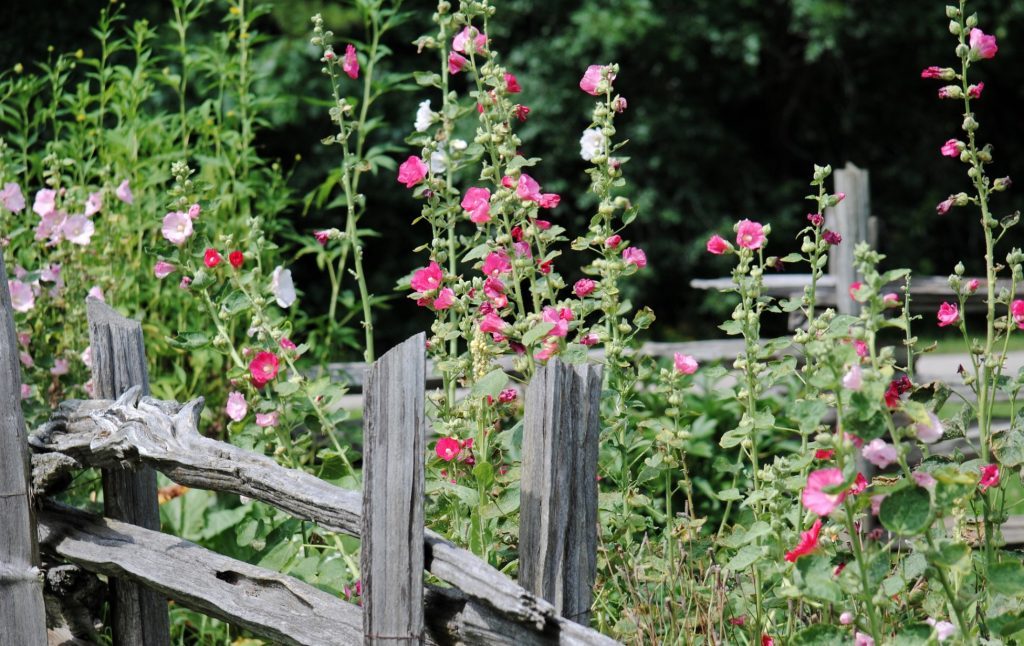
Want to block the neighbor’s camper or hide the AC unit? Hollyhocks do more than beautify your garden-they offer natural privacy.
Their height and dense blooms make them an ideal backdrop, boundary marker, or screen.
Plant them along a driveway, fence line, or property edge, and they’ll give you that cozy, closed-in feeling without needing a single board or brick.
Did you know?
The flowers of some hollyhocks, especially the deep purples and blacks, were once used to make natural fabric dyes and even blush for cheeks.
5. They’re Edible and Medicinal
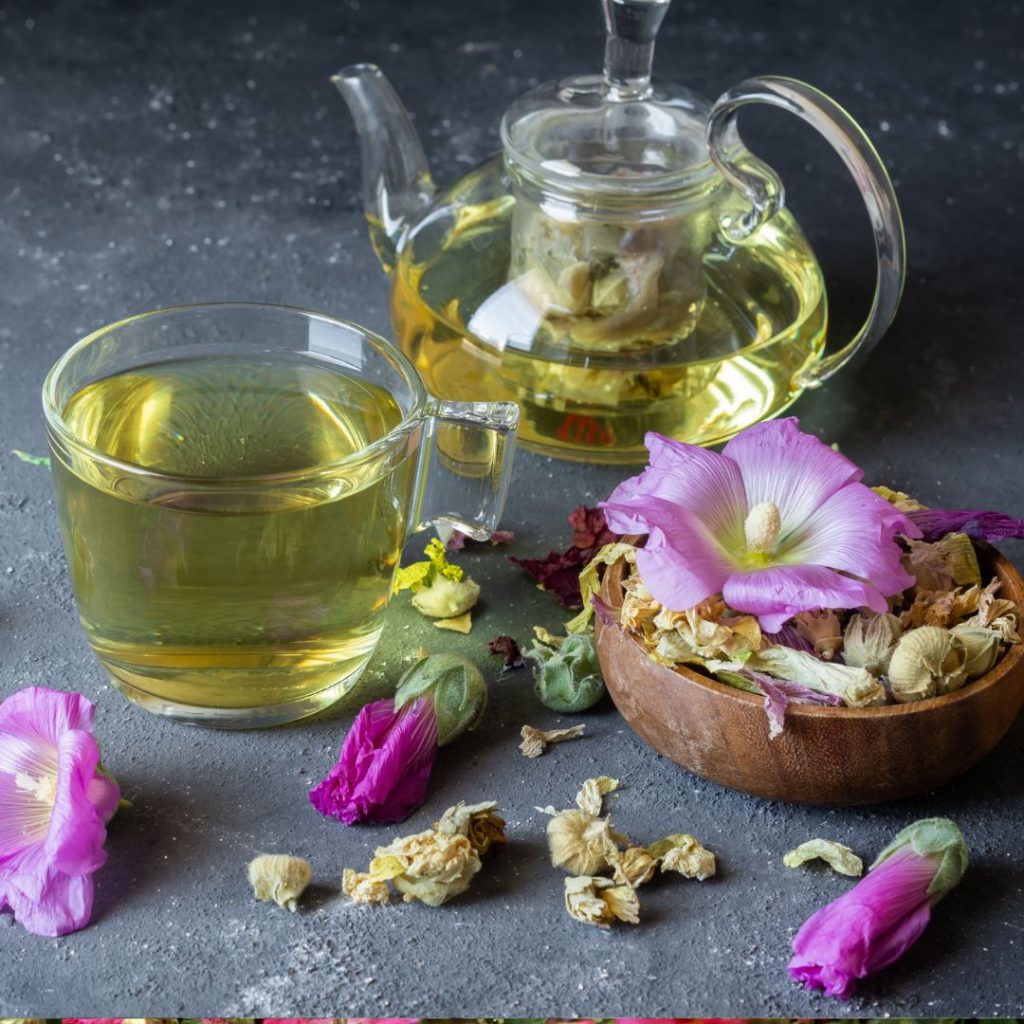
Here’s the kicker most folks don’t know: you can eat hollyhocks.
The flowers, leaves, seeds, and roots all have traditional uses. For generations, people have turned to hollyhocks for mild medicinal teas, soothing poultices, and even survival food.
They’re in the same family as marshmallow and hibiscus-and they’ve got that soothing, mucilaginous quality herbalists prize.
In short, hollyhocks are more than eye candy-they’re useful from top to bottom.
How to Eat Every Part of the Hollyhock
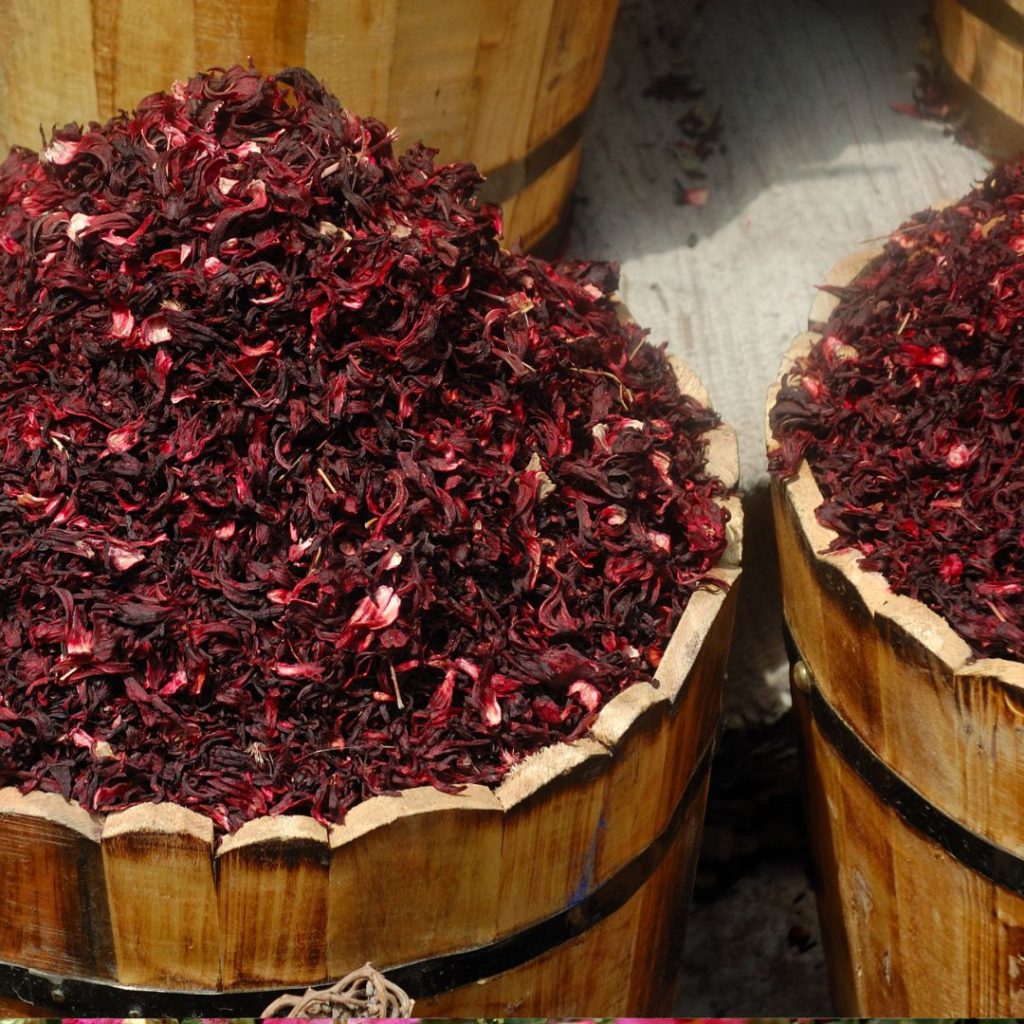
Yes, you can eat the whole plant-responsibly, of course. Make sure your hollyhocks haven’t been sprayed with chemicals or growing near a busy road.
- Flowers: These are the most commonly eaten part. Toss fresh petals in salads for a pop of color, or dry them to make a mild herbal tea that’s soothing on the throat.
- Leaves: Young leaves can be eaten raw or cooked, much like spinach. They’re a bit fuzzy, so they’re best when steamed or sautéed.
- Roots: Similar to marshmallow root, hollyhock roots can be boiled into tea to soothe coughs or irritated skin.
- Seeds: Though a bit bitter, they’ve been ground into meal or used in folk medicine as a laxative.
Always start with a small amount the first time you try any wild edible.
Did you know?
In Victorian flower language, hollyhocks symbolized ambition, fertility, and fruitfulness, making them a popular gift between lovers or family members starting new journeys.
Growing Tips for Big, Beautiful Hollyhocks
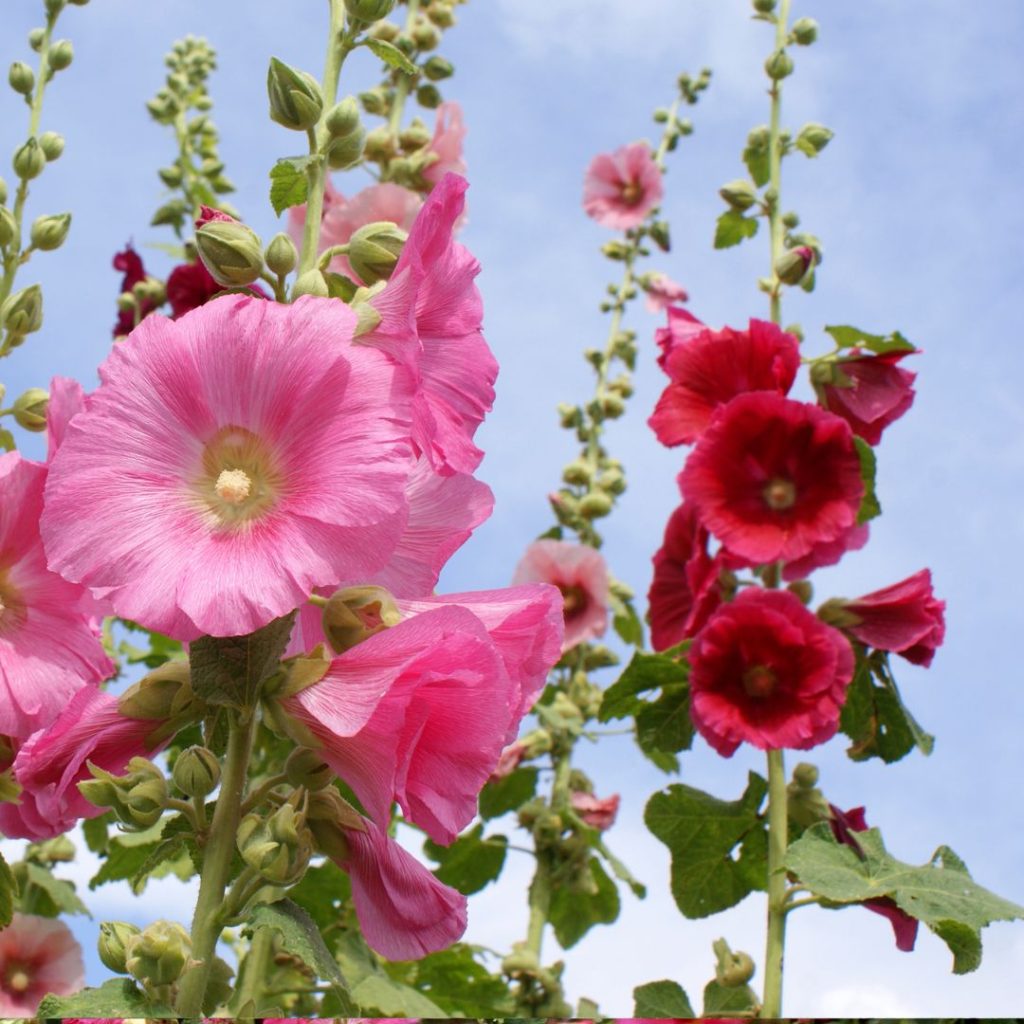
- Sunlight: Full sun is key-these guys aren’t shade lovers.
- Spacing: Give them at least 18–24 inches of breathing room.
- Soil: Average, well-drained soil works fine. A bit of compost in spring gives them a boost.
- Watering: Water regularly when young, then taper off. Once mature, they’re surprisingly tough in dry weather.
- Support: If you’re in a windy spot, stake them or plant them against a wall or fence.
- Reseeding: Let a few stalks go to seed. The papery pods dry out by late summer-just crack them open and sprinkle the seeds where you want new plants next year.
Want to keep the blooms going? Pinch off spent flowers to encourage more.
Companion Plants That Love Hollyhocks
Hollyhocks play well with others-especially those that enjoy the sun and don’t mind a little competition for height. Here are five tried-and-true companions:
1. Shasta Daisy
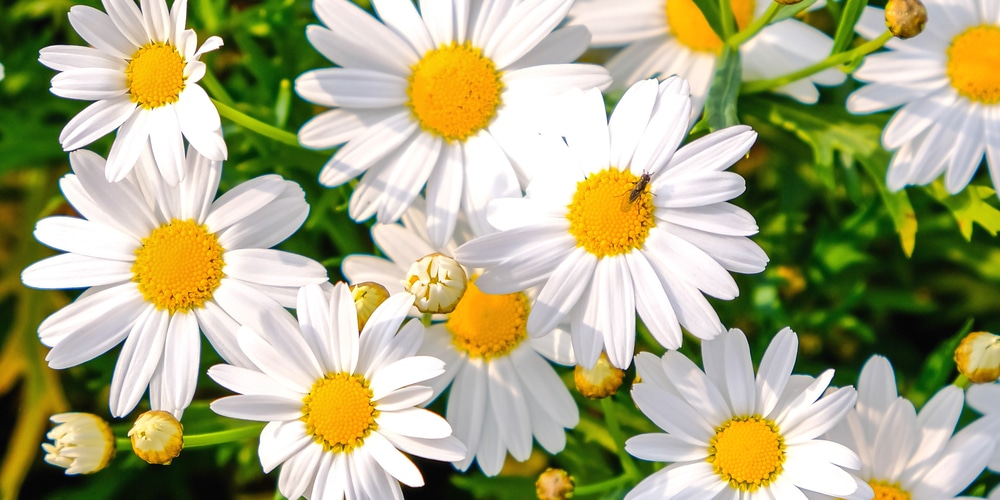
These white-petaled perennials bloom around the same time and offer a cheerful contrast. Plus, they attract beneficial insects and don’t mind the hollyhock’s towering presence.
2. Coneflower (Echinacea)
Strong, sturdy, and wildlife-friendly, coneflowers hold their own at mid-height. They bloom long into summer and help round out the bed visually.
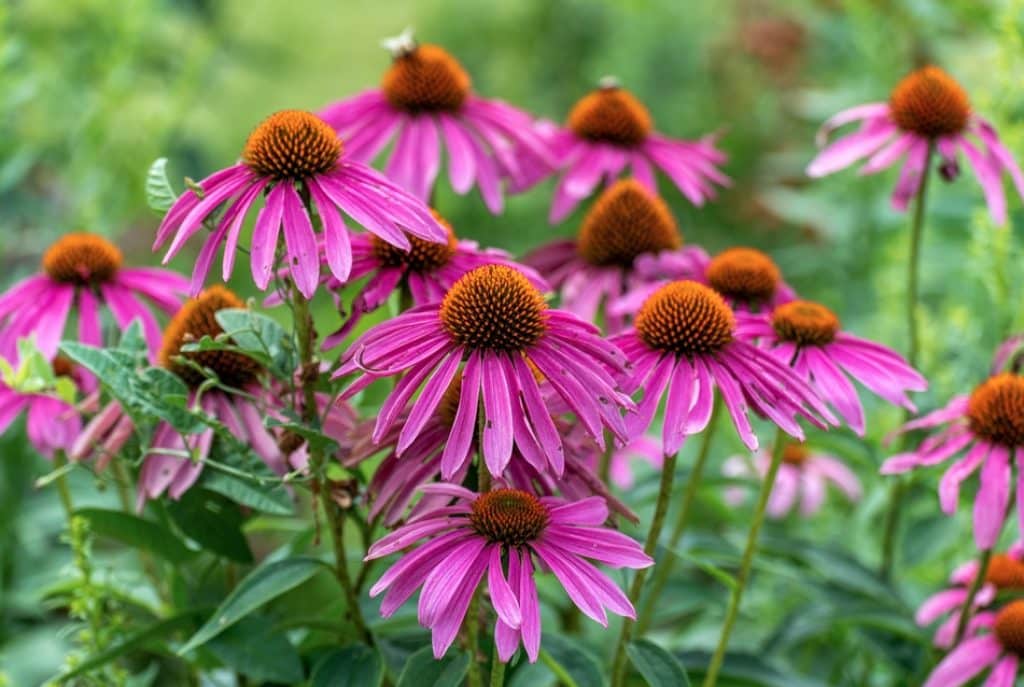
3. Foxglove
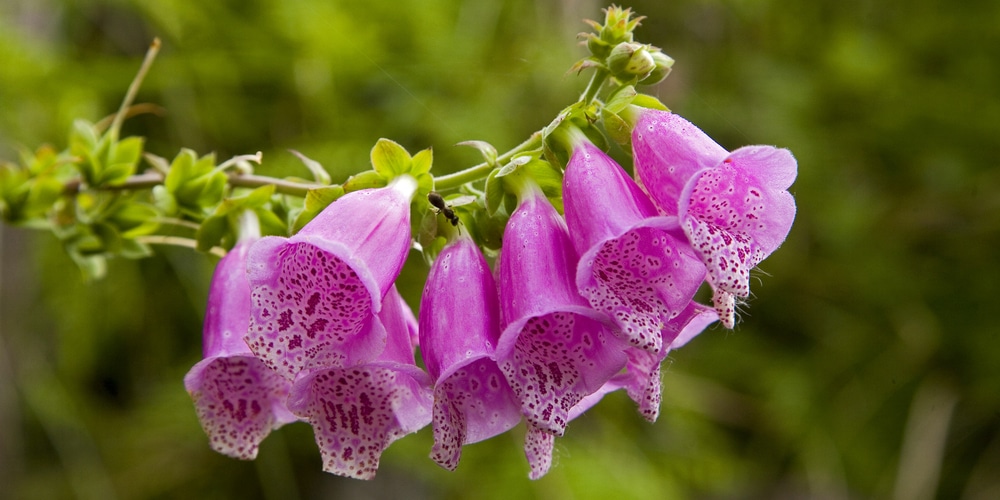
Another vertical plant that loves similar conditions. Foxglove adds height variation and color without crowding hollyhocks. Just note that foxglove is not edible and should be handled with care.
4. Yarrow
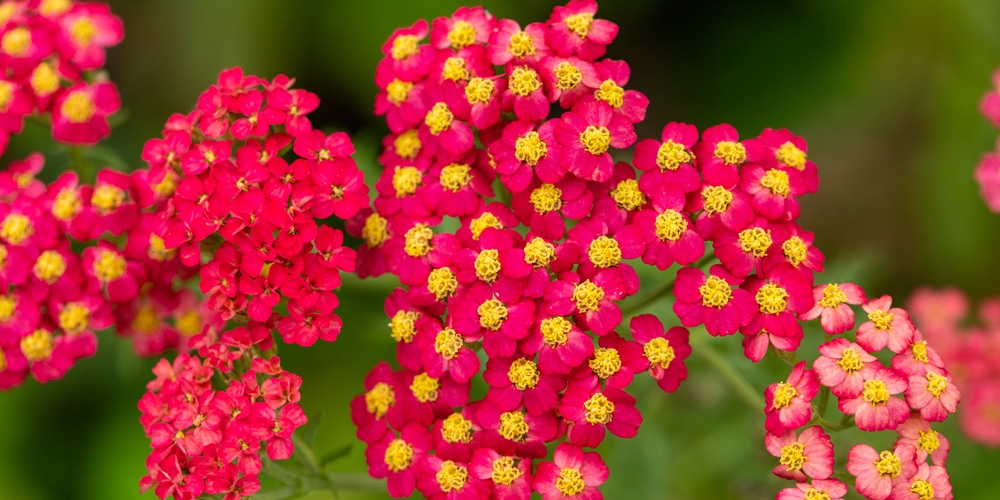
Tough as nails and perfect at the front of a hollyhock border. Yarrow thrives in dry conditions and attracts beneficial bugs that help keep pests in check.
5. Black-Eyed Susan
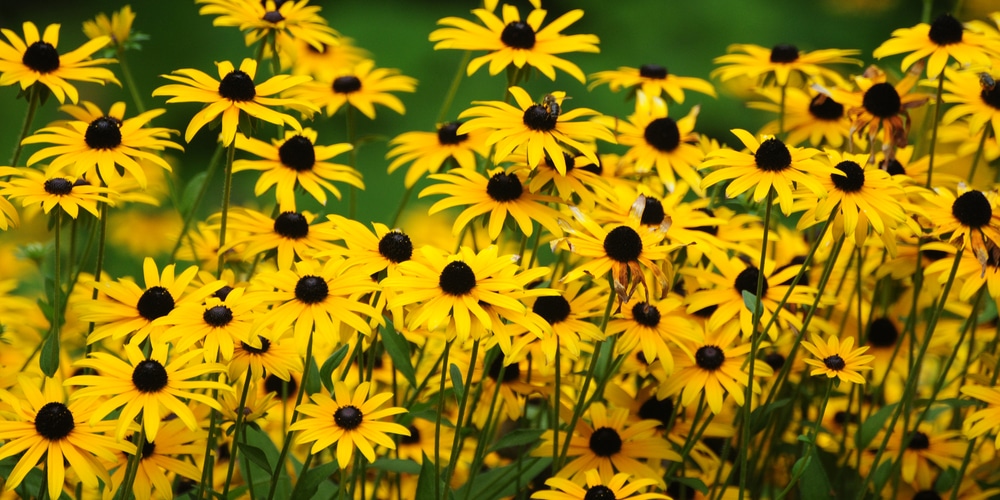
A true cottage garden classic. Their golden blooms mix beautifully with hollyhocks and fill in the lower garden space with lasting summer color.
Together, these companions make for a garden that’s not only beautiful but low-maintenance and buzzing with life.
You made it to the end. Thanks so much for reading. Happy Gardening!